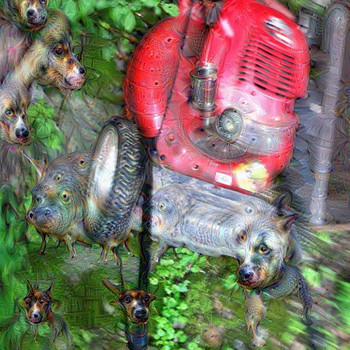Question #84776
1 Answer
Thermal equilibrium is a state where no energy is being transferred between two materials. We say that two objects are at the same temperature when there is no net heat transfer.
We understand that thermal energy is really just the motion of molecules and atoms. They vibrate, the rotate, they move around. When viewed on the scale of the atom, they're really just following Newton's Laws. Moving atoms feel forces from other atoms. They move around and bounce into other things. Energy gets transferred from one atom to another.
On the human size scale (even the scale of a tiny drop of water) there are way too many atoms to consider the individual motion of each. But we can talk about their average motion, the motion of the fastest, and the slowest. We call the average motion temperature.
After some time, any collection of atoms contained together will reach the same average temperature. That is, assuming that the container doesn't allow heat in or out. The atoms and molecules are still moving. They still collide with each other and transfer energy. But, on average, two objects in thermal equilibrium will absorb and radiate heat at the same rate.
For example: If I put a metal spoon into my hot coffee. After some time, the coffee will cool a little and the spoon will be the same temperature as the liquid. In reality, the coffee is not thermally isolated and is therefore losing heat to the room. The hot coffee will eventually reach thermal equilibrium with the room. Without any other heat input, the coffee will eventually become room temperature.

